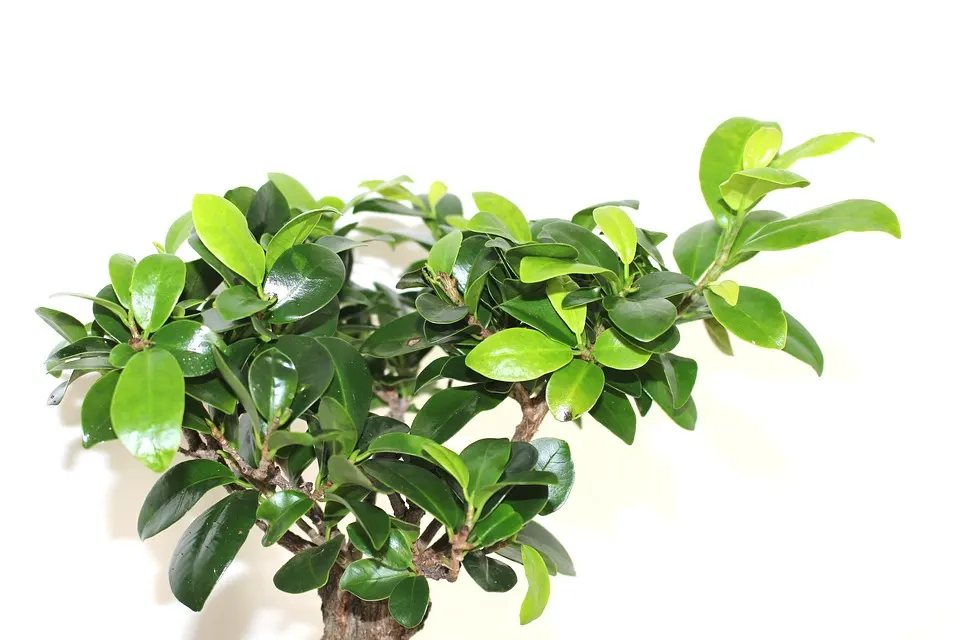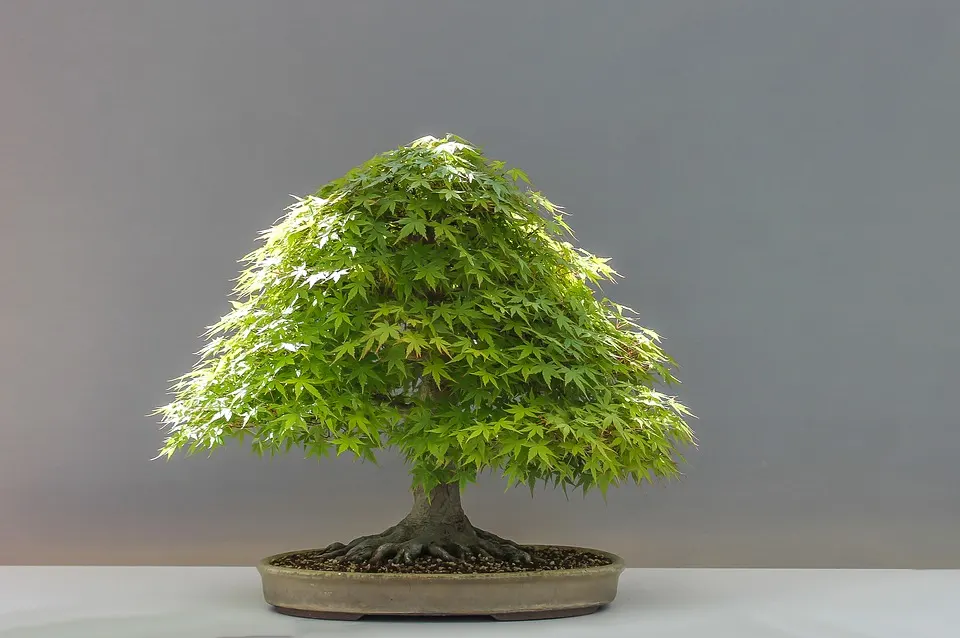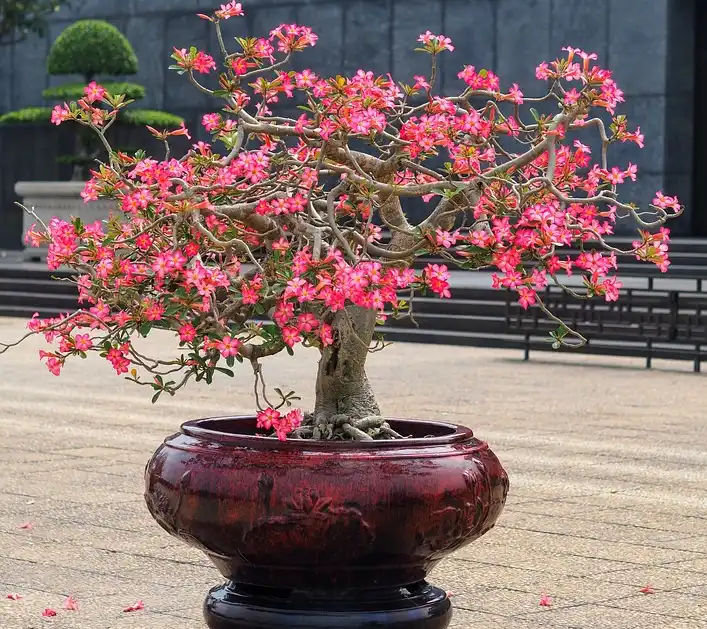How to Get Smaller Leaves on Your Bonsai
The art of bonsai is all about preserving a tree in miniature in a pot. As such, bonsai enthusiasts work for many years training the tree. The goal is to re-create a tree you would find in nature but in miniature form.
Part of the process involves getting your leaves smaller so that you can make your vision of a tree in miniature come alive. There’s a difference between just a tree in a pot and a bonsai. Although the word bonsai translates directly into ‘‘tree in a pot,’’ the true art of bonsai is so much more than just that.
Why Do You Want Smaller Leaves on Your Bonsai?
Smaller leaves will make your bonsai appear more balanced and give the look of a mature, miniature tree. If you think about Maples, their leaves can get very big on a mature tree in the wild. However, if the leaves were that big on a small bonsai, it would look ridiculous. It would not be balanced, and it would not look like a miniature version of a mature tree.
Different Ways to Get Smaller Leaves
There are a few different ways that you can get your tree’s leaves to shrink. We’ve found that the best approach to shrinking leaves is an all-over approach, meaning that you don’t just focus on the leaves but on the development of the tree overall, including the development of the roots and branches (ramification).
It’s important to remember that it’s easier to get smaller leaves in some species than in others. That’s why certain species are recommended for beginners, as these usually already have a reasonably small leaf size and are easier to care for.
The size of the leaves, as well as the length of the internodes (the section between leaf buds), and the thickness of the twigs, is related to:
- The balance of the canopy to the root mass.
- The age and density of the roots.
- The level of fertility within the soil.
- The levels of sunlight
You can see why we recommended an all-over approach to help shrink your leaves. The above factors help make your leaves smaller, so’t is vital to keep the roots, the tree’s location, and fertilizing the soil in mind when shrinking your leaves.
So, in order to start shrinking the leaves on your bonsai, you need to develop a strong and balanced feeder root system. You’ll also need to balance the size of your root system with the size of your canopy (after all, these two sustain each other and the rest of the tree).
Then you should ensure that your tree receives enough sunlight according to the species. Don’t think that placing a shade-loving tree in full sun will shrink the leaves as it’ll probably just kill the tree. Instead, make sure that it gets the right amount of sunlight for its needs.
What Is Defoliation?
Defoliating a tree is the removal of all or most of the leaves. This process improves ramification and branching, and when the leaves grow back, they’re usually ⅓ of the original size. Defoliation, especially complete defoliation, is not recommended for beginners to do, but you can start with partial defoliation until you have gained some experience.
Defoliation is best done early in Summer, after the first flush of leaves. What happens is that the leaves store energy in the roots. This energy is used at the beginning of Spring to develop the buds and grow the leaves and flowers. After this first growth, most of the energy has been depleted. So, defoliating too early will mean great stress on the tree.
If you defoliate in Summer, there’s enough energy to grow new leaves, although they’ll be ⅓ smaller than the original. This also means that there will be enough time in summer for the new leaves to replenish the energy stores used to keep your tree alive during dormancy and for the new growing season’s leaves.
Which Trees Can Be Defoliated?
Defoliation doesn’t work on all trees, so make sure to check the species care guide before defoliating your bonsai. Most deciduous trees can be defoliated as they are already used to losing and regrowing their leaves during Autumn and Spring. Conifers such as Junipers do not react well to this practice, and by removing the leaves, you might kill the tree as they will not regrow the leaf in the same spot. Always check if the species you are working with can be defoliated before removing the leaves.
Another consideration before defoliating your bonsai is the tree’s health. Don’tdefoliate a tree that isn’t in perfect health as the tree needs all its energy to get healthy again. Forcing the tree to regrow new leaves when it’s already not healthy might be too much, and you could end up killing the bonsai.
How to Defoliate a Bonsai?
Defoliating a bonsai is the systematic removal of all or most of the leaves to flush a regrowth of new leaves. This is a great way to improve ramification and also shrink the leaves. Let’s look at how to defoliate a tree.
Step 1: Get Your Tools Together
You will need sharp, sterile pruning shears to remove the leaves.
Step 2: Start Removing Leaves
Start to remove the leaves using the pruning shears. When cutting off the leaf, leave the leaf stalk as the tree will realize that it’s lost a leaf there and will regrow it. With full defoliation, you will be removing all the leaves on the tree.
We only recommend doing this if you have experience with defoliation and tree maintenance, as it will put the tree under significant stress. You can also partially defoliate the tree by only leaving a single leaf on each major branch. You will have to do this evenly so that the energy can be distributed evenly.
Step 3: Water Thoroughly
Once you’ve completed the defoliation, you will need to water your tree thoroughly.
Step 4: Place in an Adequate Location
Next, place the tree in a spot that meets its sunlight requirements precisely. The right amount of sunlight will help to regrow the leaves and keep the leaves smaller and the internodes shorter. This is because the tree doesn’t have to send long shoots in search of the right amount of sunlight.
Tips When Defoliating a Tree:
- Only defoliate trees that can handle it, such as deciduous trees.
- Always check the care guide to see if your tree can survive defoliation.
- Only defoliate trees that are well established.
- Only defoliate healthy trees.
- Only defoliate trees that are free of pests or harmful insects.
- Don’tDon’t defoliate trees with discolored leaves.
As a beginner, only defoliate once a year. Experts can often defoliate multiple times a year with the right species of trees.
Final Thoughts
Getting your leaves smaller on your bonsai is part of the journey of bonsai. There are few things that determine leaf size, and certain species are much easier to shrink the leaves than others. Taking care of your tree’s health, paying attention to the roots, and defoliating (if your species allows it) can all help get smaller leaves on your bonsai.







